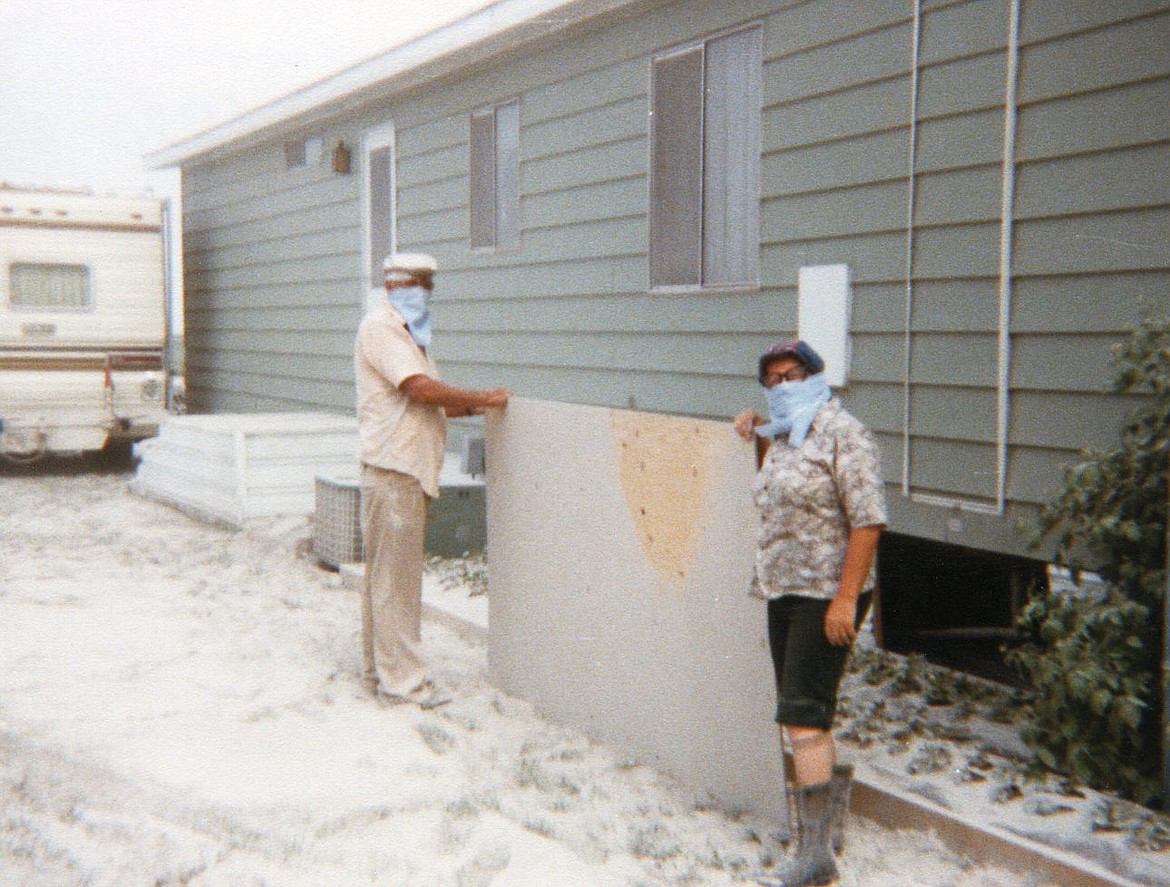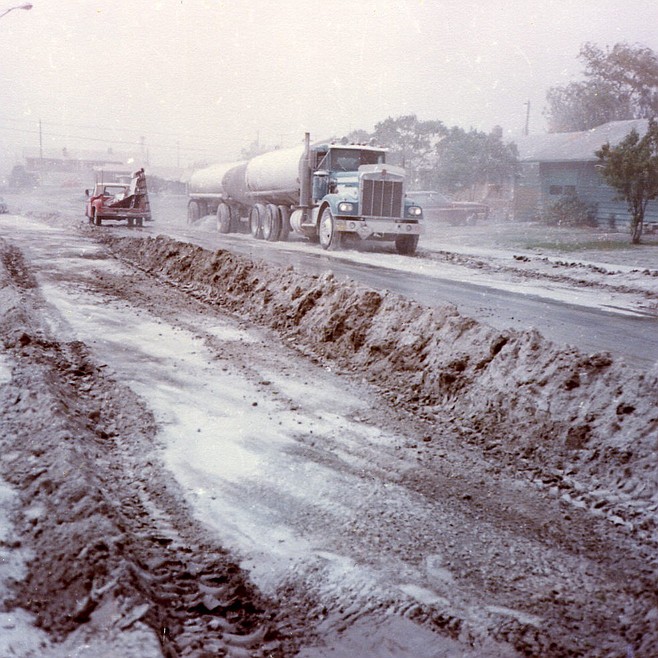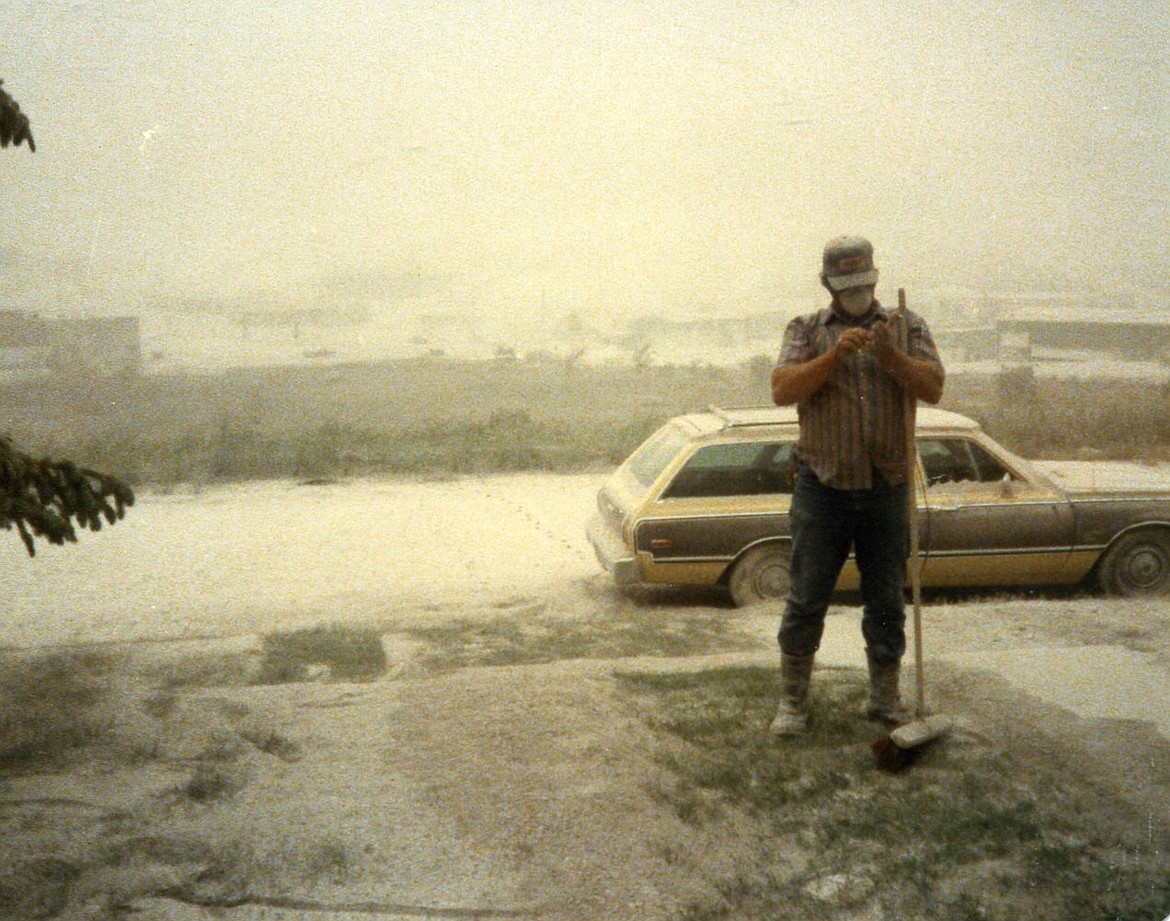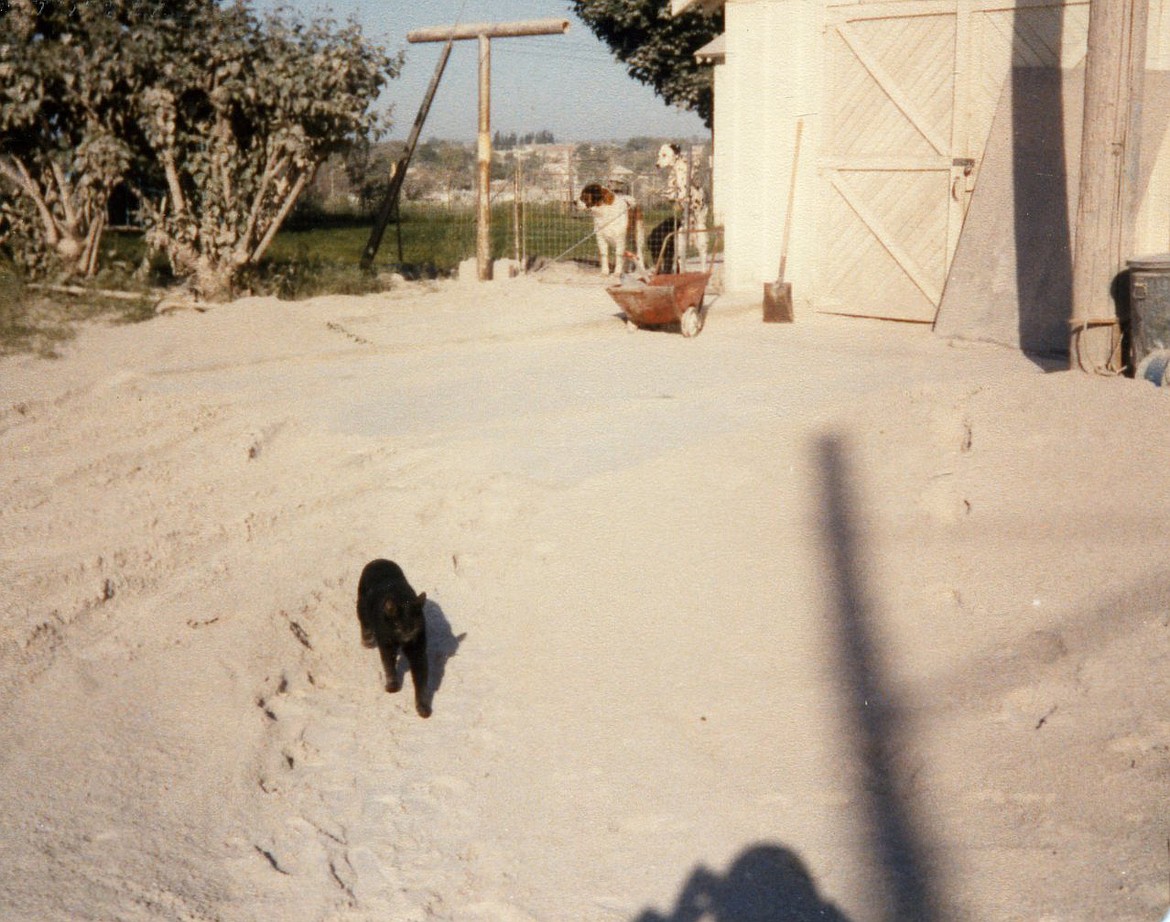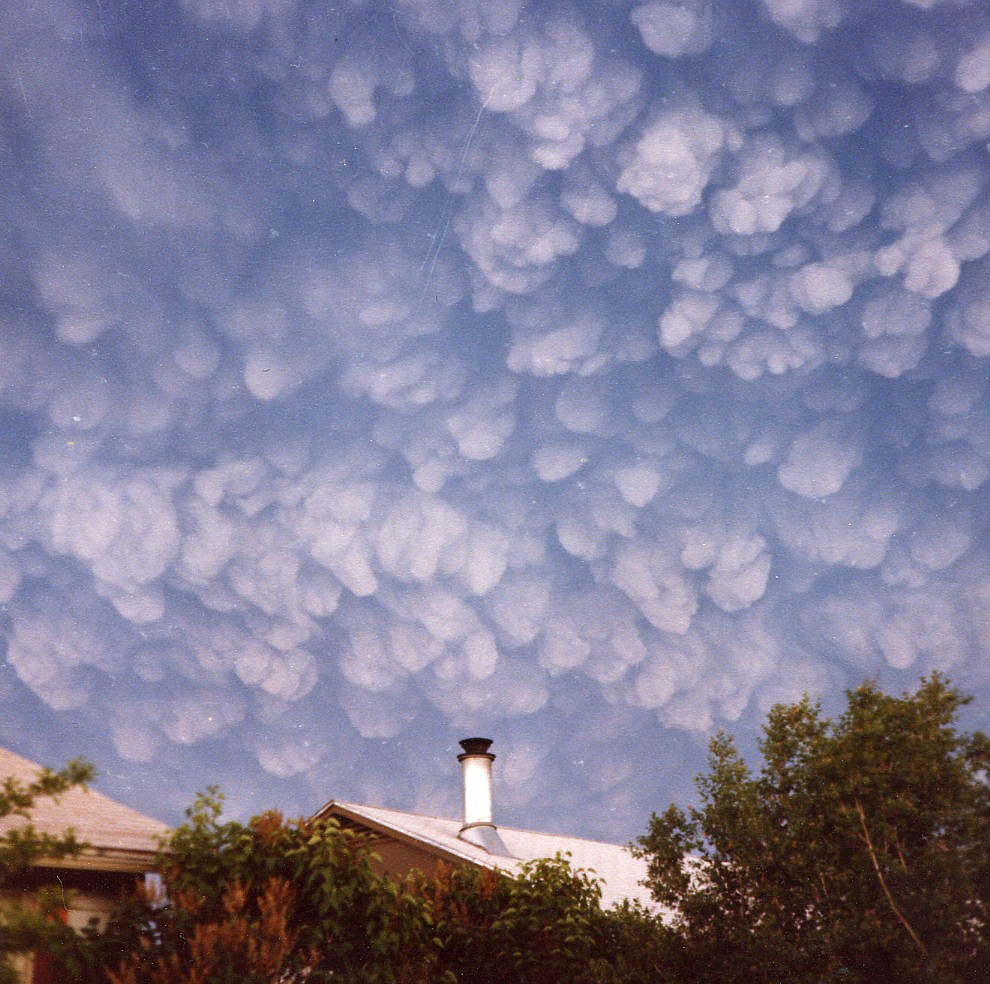40 years later, Mount St. Helens eruption remains an indelible memory
MOSES LAKE — Until the spring of 1980, Mount St. Helens was part of a lesson in geography class, the one when kids had to learn the highest mountains in the Cascades. For most people, unless they lived close to the mountain, that was it.
Become a Subscriber!
You have read all of your free articles this month. Select a plan below to start your subscription today.
Already a subscriber? Login

